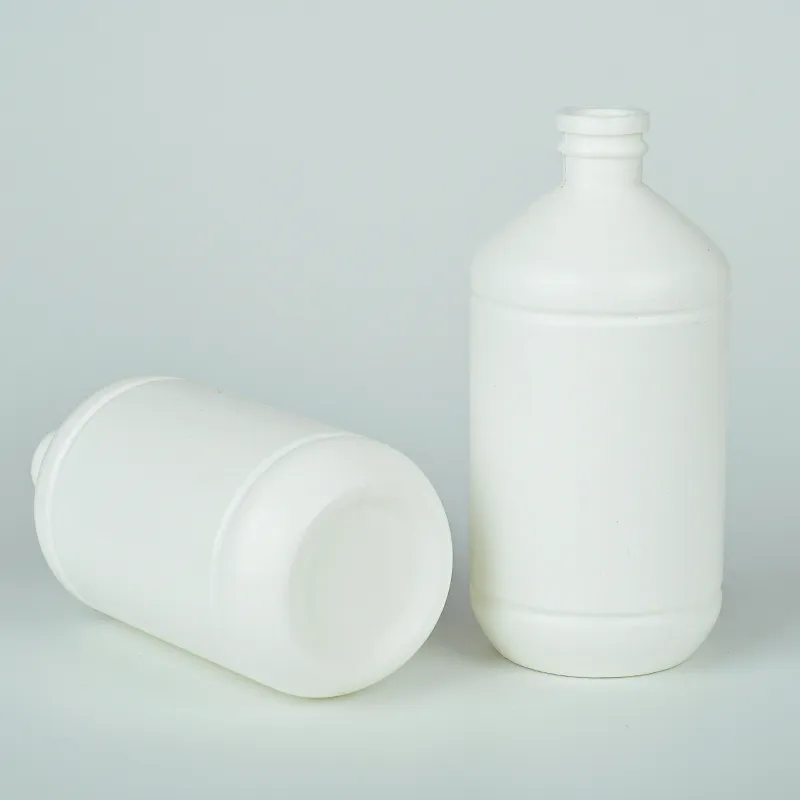plastic petri dish sizes
Understanding Plastic Petri Dish Sizes A Comprehensive Guide
Petri dishes are essential tools in microbiology, providing a sterile environment for culturing microorganisms, observing growth patterns, and conducting various experiments. Among the many types of Petri dishes available, plastic ones are the most commonly used due to their convenience, versatility, and cost-effectiveness. However, with various sizes available in the market, choosing the right size can be crucial for specific applications.
The standard size for plastic Petri dishes is typically 90 mm in diameter; however, they are available in various dimensions, commonly ranging from 35 mm to 150 mm. Each size serves a unique purpose and is selected based on the volume of culture medium required, the type of organism being cultured, and the specific experimental conditions.
Small-Sized Petri Dishes (35 mm)
The smallest plastic Petri dishes, usually measuring 35 mm in diameter, are ideal for culturing bacteria or fungi in limited amounts. This size is particularly useful for high-throughput experiments where numerous samples are processed simultaneously. The smaller surface area allows researchers to conserve cultures while still enabling observation of microbial growth.
Medium-Sized Petri Dishes (60 mm - 90 mm)
plastic petri dish sizes

Medium-sized Petri dishes (approximately 60 mm to 90 mm) are versatile and frequently used in laboratories. They offer enough space for a wider variety of microorganisms and can accommodate more substantial volumes of culture medium compared to smaller dishes. These sizes are perfect for routine microbiological work, such as isolating colonies, antibiotic susceptibility testing, and even for certain types of food microbiology.
Larger Petri Dishes (150 mm and above)
For larger scale experiments, Petri dishes measuring 150 mm or more come into play. These dishes are often used in clinical laboratories, research environments, and industrial applications where a larger surface area is required. The increased diameter allows for the growth of larger colonies and can be advantageous when working with samples that need more space to develop or when conducting broader studies with multiple conditions being assessed simultaneously.
Choosing the Right Size
When selecting a plastic Petri dish size, it is essential to consider the following factors the species of microorganism, the desired growth conditions, and the extent of the experiment. For instance, if the goal is to perform plate counts of bacteria from a waste sample, a 90 mm Petri dish could be ideal. Conversely, for observing the interactions between yeast and bacteria, larger dishes may provide the necessary space to visualize their dynamics effectively.
In conclusion, plastic Petri dishes are invaluable tools in microbial studies, and understanding the various sizes available can lead to better experimental design and results. By selecting the appropriate size based on the specific needs of the research, scientists can optimize their observations and ensure successful microbial cultivation. Whether it’s a small 35 mm dish for rapid assays or a large 150 mm dish for extensive growth studies, the right choice can significantly impact the effectiveness and efficiency of microbiological research endeavors.
-
Aesthetic Makeup Spray Bottles | Fine Mist Empty RefillableNewsAug.19,2025
-
White Plastic Veterinary Vaccine Vials | Lab Liquid BottlesNewsAug.18,2025
-
Plastic Medicine Liquid Bottle: Secure Flip Top Drug VialsNewsAug.17,2025
-
Durable 250ml Blue Plastic Vaccine Vial for Lab & Vet UseNewsAug.16,2025
-
Sterile Virus Sample Tubes: Secure & Reliable Specimen CollectionNewsAug.15,2025
-
White 250ml Plastic Vaccine Vial for Lab & Vet MedicineNewsAug.14,2025
























